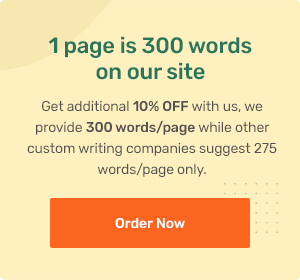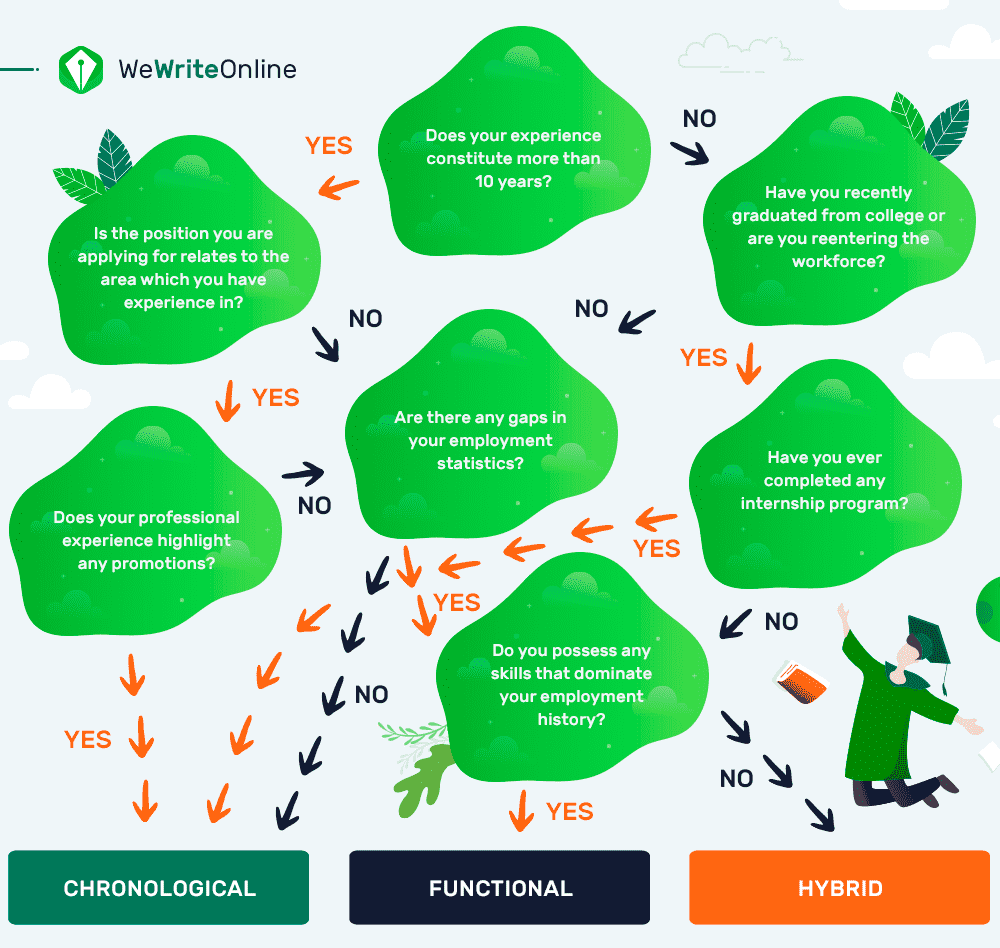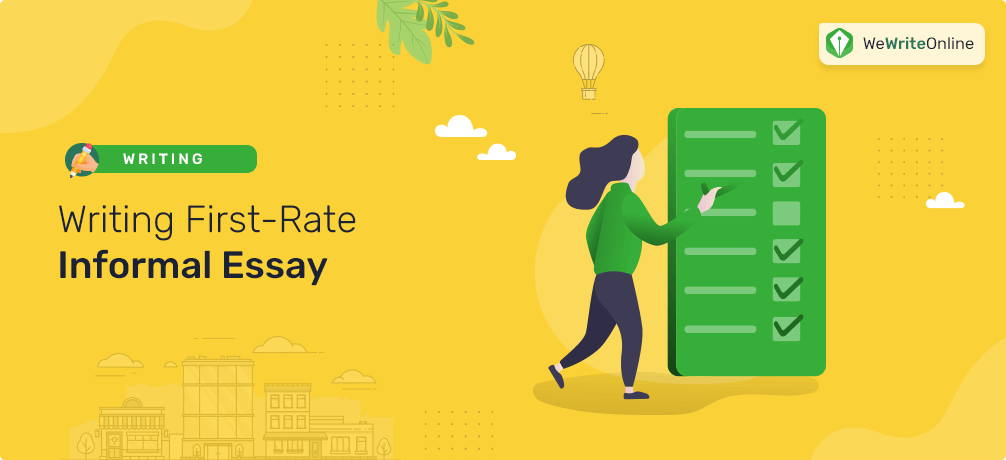
Whenever job seekers are trying to get themselves hired by a specific company, they are basically trying to sell themselves for a good price. The hiring process for companies on the other hand is very much similar to buying a product in a supermarket. As for the buying decisions we always want to get a high-quality product for a low price. For example, when we need to buy a dishwasher we are looking for a machine that will be doing the dishes. That is the purpose of every such machine. Everyone buying a dishwashing machine expects it to perform specific operations. And depending on the dish washing needs and financial status of each family, people buy appropriate appliances for their homes. Hiring managers do the very same thing when they hire people – their job is to choose the candidate who will be able to perform specific duties and achieve specific goals for the company. It is only that they have to deal with people, much more complex mechanisms than appliances.
The first thing hiring managers usually look at when they are trying to figure out what candidate would be the best match for the company is a resume. Therefore, this document is the primary marketing tool in the hands of job seekers. Every job hunter then is to have a good resume when applying for jobs; otherwise, it makes no sense to try. People always want to buy the best product they can afford. Every HR manager wants to have the best employees in the team. So the main challenge of every job seeker is to develop a resume that will be an effective selling tool, reading which hiring authorities would immediately want to hire the candidate. The main factor of success then depends on whether one can write a good resume or not. This whole resume writing process really boils down to how well one can structure the content. In other words, you get the resume right, when you get the structure right. You get the structure right when you know how to order the sections on your resume.
- Full name and contact information. This is something you cannot forget to include. Make sure you have your full name at the very top of the document followed by the contact information (physical address, email address, and contact phone number). It is pretty hard to mess this section up although some job seekers do that by putting an email address they used when they were sixteen years old.
- Summary. Since HRs do not spend much time on reading resumes, one has to make this section the most appealing as it is the first thing that a potential employer will get to read. This should be the summation of your whole career journey: things you have done in the past that describe your skills and expertise. In other words, this should be your value proposition to a potential employer.
- Major Achievements. Not every job seeker can have this section due to the fact that not everybody has had his/her accomplishments in the career. There are some who will still have them. But if there is anything significant you have accomplished during your past work experiences it should be the next section after the summary. It will be good resume advice to back up your accomplishments with facts and figures. This way it will be more convincing in the eyes of employers.
- Experience. List all of your previous jobs and things you did for your past employers. You don't have to be super detailed though. The main thing is to be relevant. That is to list those things that will be related to the job requirements. There is no need to go more than 10-15 years in the past as it is considered an outdated experienced. The best approach is to list responsibilities and accomplishments to each employer in the form of a bulleted list.
- Education. The name of a college and degree obtained would be enough for each educational establishment you went through. If you had any completed training or attended seminars that have something to do with the job you are applying for, you should also include them in this section.
- Memberships. If you belong to any affiliations that are related to the field of your expertise, you could list them after the education section. Also, if you are a volunteer of any organization you should mention that in this section too.
You may be interested: How to Create a Resume
Making a Proper Resume Format
After talking about a resume structure, it is time to discuss the formats in which resumes are usually prepared.
- Chronological
This kind of resume highlights the applicant’s professional experience in a chronologically reverse order beginning with the most recent job position. It is considered a standard resume format that is usually applied to the majority of resumes.
Resumes are written in this format usually contain the data provided below:
- Contact data
- Purpose
- Work experience
- Skills and abilities
- Education
- Extra information (interests, activities, etc.)
This way of arranging a resume is suitable for those whose career path is consistent. For instance, if you have been working in the same area for several years and each position you occupied was more senior than the previous. Additionally, this format is often utilized by those applying for a position in either the same or similar area to the one which they have been working in.
Nevertheless, if your employment history is not consistent and you desire to change your career, or your professional experience is quite diverse, you may pick another format.
- Functional
The resumes arranged in this mode are concentrated on one’s abilities rather than experience. In this way, it differs from the previous one which highlights the applicant’s experience alongside full summaries presenting the achievements gained while occupying a specific position.
How to structure a resume in this format? Take a look at the following items:
- Contacts
- Purpose
- Summary illustrating applicant’s skills
- Professional experience
- Education
- Additional data, i.e. hobby, volunteer experience, etc.
A resume prepared in this format is the most appropriate for those who have numerous gaps in their experience and change positions in a specific area. It is also suitable for those who start working after a continuous break.
This kind of resume is sometimes considered restricting. It would be better to use a combination resume if you have either a few or no gaps in your work experience.
- Combination
This resume structure implies the combination of the aforementioned ones. When applying this format, you may stress both your experience and skills. Note that you may be required to eliminate additional sections highlighting your interests since the data about your expertise and abilities will take the majority of your resume space.
A structure of a resume arranged in this format should be the following:
- Contact data
- Purpose
- Professional experience
- Information about pertinent skills
- Education.
This organizational mode is considered rather flexible meaning you may present either your experience or skills in the first turn depending on their importance for a specific position. For instance, if you have truly remarkable skills needed for the position you are applying for, you may highlight them first. To realize what employers expect from the applicants, you may search for the keywords included in the description of a job vacancy.
It is worth stating that each of the formats has its own purpose and presents different aspects of applicant’s experience.
How to Organize a Resume: Picking the Right Format
It is essential to realize what format to implement and how to structure resume writing to achieve success. Depending on the format, you will know what kind of data, i.e. your experience, skills, etc. to put an accent on. The manner the information is provided in impacts the way your prospective employer or hiring manager perceives your resumes. If you want to ensure the chosen format is appropriate, assess your experience and future objectives.
The chronological organizational mode is useful for specialists with a steady experience. It means that if you have been working in a particular branch for many years and now you are seeking another job within the same area, this is the most suitable option. A chronological mode is also the best choice for those who have no gaps in their experience.
A hybrid format is as useful as the chronological with the only difference that is more flexible. Actually, it is a good resume structure for the majority of applicants especially those who possess a broad range of skills (not only those suitable for a specific job), alter careers, and have no gaps in their expertise.
As to the functional resume, it can be used if neither a chronological nor hybrid type were suitable. Those who have just graduated from their educational establishments, have no experience or restart their career will find this kind of format suitable.
If the above-mentioned resume guidelines are not very helpful for you, have a look at the chart presented below:
A good resume is always a well-structured resume. Therefore, if you follow this structure pattern, you have a good chance of being invited for a job interview. No resume advice is needed at that stage then. This means your primary marketing tool has done its job and now it is up to you how you are going to impress hiring managers during the meeting. It is important to note though that sometimes employers require a cover letter to be submitted along with a resume. In this case, job seekers have to work on a cover letter structure as well because of a poor cover letter one's resume might not even be reviewed by hiring managers. Some candidates believe that a cover letter is a small thing but it is not true. Hiring authorities require this document for a reason and that is why job seekers should pay special attention to both a resume and cover letter.
You can get professional help with resume writing from us!

















